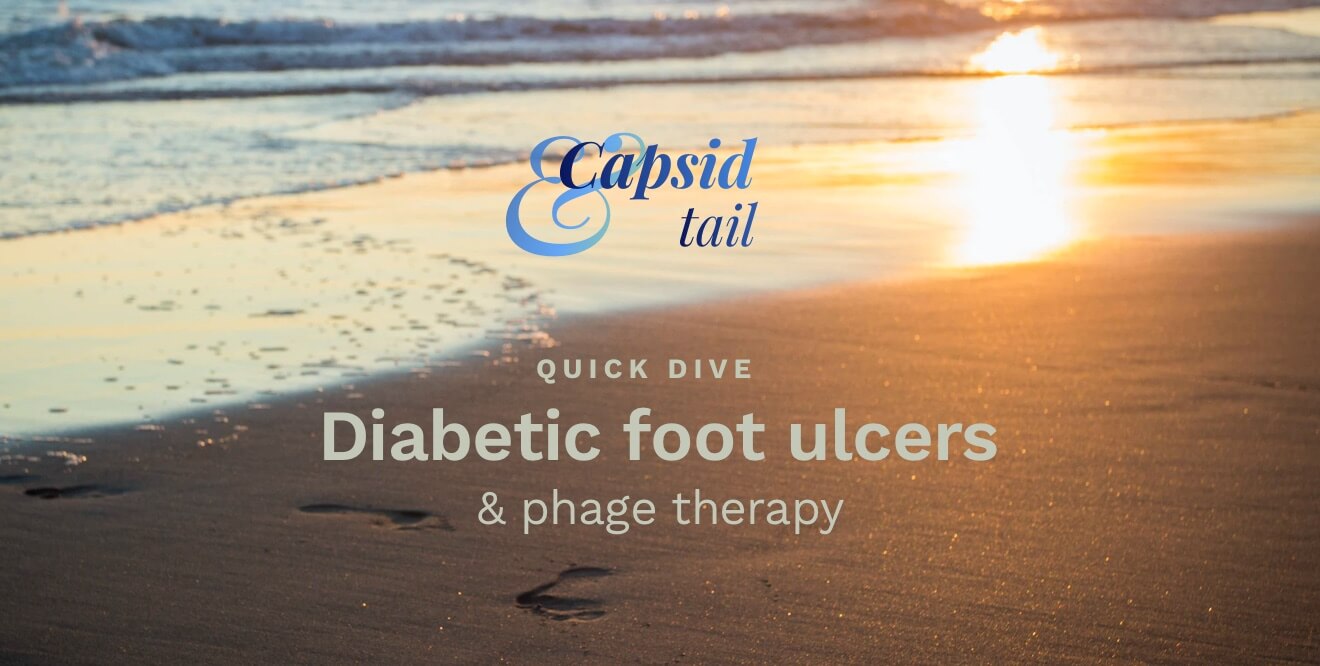BCM TAILΦR Labs (Tailored Antibacterials and Innovative Laboratories for phage (Φ) Research) and a team of their collaborators was awarded a 7.5 million dollar U19 grant by the National Institute of Allergy and Infectious Diseases. Congrats!!
Martin Jahn and colleagues recently published an interesting paper on the lifestyle of phages of marine sponges by host prediction and correlative microscopy. They used a new correlative in situ imaging approach (‘PhageFISH-CLEM‘) to localise phages within bacterial symbiont cells, but also within phagocytotically active sponge cells. Martin also did a short Twitter thread about it.
Luis Camarillo-Guerrero (Wellcome Sanger Insititute) and colleagues published a paper on the prevalence of viral diversity in the human gut, along with a new Gut Phage Database (142,809 non-redundant gut phage genomes from 28,060 metagenomes!). They confirmed distribution of huge viral clusters on different continents featuring p-crAssphage characteristics, corroborating the human lifestyle-associated global variation in the gut phageome.
Few have explored how phages affect bacteria associated with winemaking. Cécile Philippe (University of Bordeaux, France) and colleagues published a new paper in Frontiers in Microbiology on the characterization of the first virulent phages infecting Oenococcus oeni, the lactic acid bacterium considered ‘the Queen of the Cellars’. Analysis of their genomes shows these phages have mosaic genomes unique among lactic acid bacteria-infecting phages.
Varun Rakeshbhai Bavda (IISER, India) and colleagues published a new article on the molecular properties of mycobacteriophage D29 Holin, with an emphasis on potential for holin engineering. They demonstrated crucial amino acid regions for holin-mediated toxicity, as well as how amino acid substitution in the C-terminal region renders the holin non-toxic. They have also engineered a holin which shows higher toxicity in some strains.





